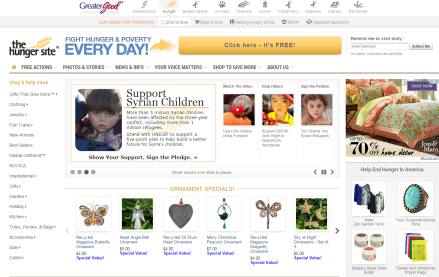
In my last post, I told you the story of how I contacted a municipality about a frustrating intersection and how taking action resulted in a left-turn advance signal being installed to make the intersection function better.
I firmly believe that it was how I raised the issue in the email I sent to the municipality that led to the signal being installed. I say that, because I’ve achieved similar results by using the same approach when raising other issues. Here’s the secret:
It’s all about “What’s in it for me?”
When I decided to email the municipality, there was a part of me that just wanted to vent. But what would venting have achieved? In this case, the person reading the email would probably say, “Hah! This person is just upset, because she missed her train. Next!”
Instead, when I sat down to write the email, I didn’t mention the fact that I missed the train that morning. I focused on the issue from the perspective of the municipality:
- Knowing that the municipality would care about traffic flow, I highlighted the traffic backup that was occurring on a daily basis.
- Knowing the municipality would care about people’s safety, I talked about the risks I had seen people take just to turn into the train station with haste to park and catch the train.
- Knowing the municipality had to make careful, thought-out decisions in cash-strapped times, I requested a study of the intersection be done instead of demanding a signal be installed.
After this experience, I have developed a bit of a reputation for being a “chronic letter writer”. And I’m OK with that. Some might even call it “chronic complaining”, but I’d argue with that (In a letter! Kidding! :)). The way I look at it is this – if something is bothering me, I have two choices:
- I can do something about it, or
- I stop complaining and live with it, because I’ve chosen to forgo 1.
It’s impossible for organizations (public sector and private sector) to know all about everything, and if saying something can make a process/product/service better, why not? What is there to lose? What instead can be gained?
If there’s something in your community, an organization or a product or service you use that’s been causing you some grief and you’re not quite sure how to raise it or you did, but didn’t quite get the results you wanted, here’s an approach you might want to consider:
1. First decide if this is a rant or an actual attempt to bring about a change. Be honest with yourself. If it’s the former, talk to your spouse, call a friend or go for a run. If it’s the latter, start thinking about “What’s in it for me?” from the perspective of who you’re raising the issue with. Organizations get tons of rants; you want your attempt to bring about change to get careful thought and not just a simple “thank you for your feedback” response.
2. Get to know the organization you’re raising the issue with. Do some research and understand the organization’s business, goals and mission. Your feedback to the organization should tie back to those pieces. By speaking the organization’s language, you increase the chances of receiving a response and action being taken. Also, find out what department or person you should be contacting, so that your feedback ends up in the right hands, right away.
3, Lay out the feedback in parallel with what the organization would gain from implementing it. This is about creating a win-win situation. Each request you make should have a resulting benefit for the organization. Use the information you gathered from your research in 1. The bulleted list above is an example.
4. Be clear about the action or outcome you want. “I’m not happy with your service” does not tell the organization what you want. Be specific about what you want to see changed and what you want the organization to do. If you want a process to be reviewed, say you want a process to be reviewed. Clearly stating the outcome you want, increases the chances that you’ll get it.
5. Be patient. Responses take time, especially if your feedback entails, for example, a traffic study like in my left-turn advance signal story. You may also not get a response in the timeframe an email auto-response says you will – I don’t agree with that and don’t think it’s good business, but it’s reality.
6. Accept that sometimes the organization won’t take action. It sucks, but it happens. Don’t let it discourage you from raising another issue with the same organization or another organization at some other point.
7. Celebrate when you make things happen. Cause get what? That’s how change happens. Small steps, over time, lead to big shifts!
Now go forth and effect change!










